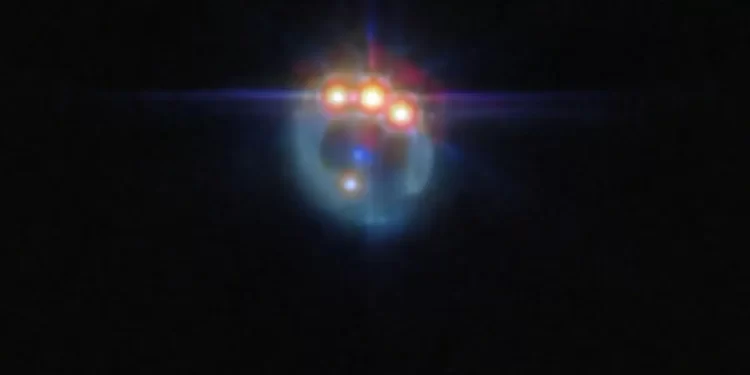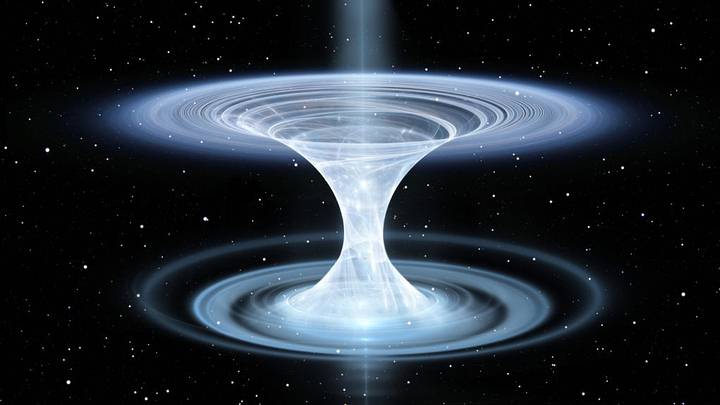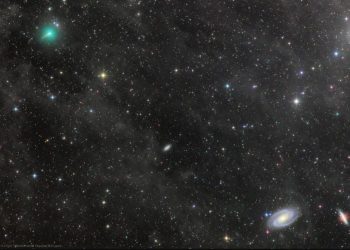The James Webb Space Telescope continues to capture the universe’s most mesmerizing phenomena, its latest discovery being a dazzling quasar that appears like a bejeweled ring in space. The European Space Agency recently released an image showcasing this extraordinary find, underscoring the telescope’s prowess in unveiling the cosmos’ hidden treasures.
Quasars, the highly luminous centers of galaxies powered by supermassive black holes, emit tremendous energy as they consume surrounding gas and dust. The quasar in question, named RX J1131-1231, is situated approximately six billion light-years away in the constellation Crater. From Earth’s vantage point, it presents a striking visual, resembling a ring adorned with three bright spots, akin to an ornate cosmic jewel.
The captivating appearance of this quasar is largely due to a phenomenon known as gravitational lensing. This occurs when the gravitational field of a massive object, such as a galaxy, bends and magnifies the light from a more distant source. In this instance, the light from RX J1131-1231 is distorted by the gravity of an intervening galaxy, which appears as a blue dot at the center of the ring. This gravitational lensing effect not only magnifies the distant quasar but also creates multiple images of it, hence the three bright spots.
The power of gravitational lenses
Gravitational lensing is a valuable tool for astronomers, allowing them to study light from far-off objects that would otherwise be too faint to observe. However, this phenomenon can also produce visual distortions, as seen in the duplicated images of the quasar and the ring-shaped representation of the distant galaxy.
The insights gained from this lensing effect are profound. By examining the x-ray emissions from quasars, astronomers can glean crucial information about the properties of the black holes at their centers, such as their spin rates and formation histories. The data suggest that the black hole at the heart of RX J1131-1231 is spinning at over half the speed of light, indicative of a growth history involving significant galactic mergers and consistent feeding from a surrounding disc of matter.
This remarkable image was captured using the James Webb Space Telescope’s Mid-Infrared Instrument (MIRI) as part of a broader initiative to study dark matter. The observations from RX J1131-1231 are expected to be instrumental in advancing our understanding of dark matter, a mysterious and invisible substance that constitutes a significant portion of the universe’s mass.
The James Webb Space Telescope’s ongoing exploration continues to push the boundaries of our knowledge, revealing the intricate and awe-inspiring workings of the cosmos. As we delve deeper into these celestial discoveries, each image and data point brings us closer to unraveling the profound mysteries of our universe.











